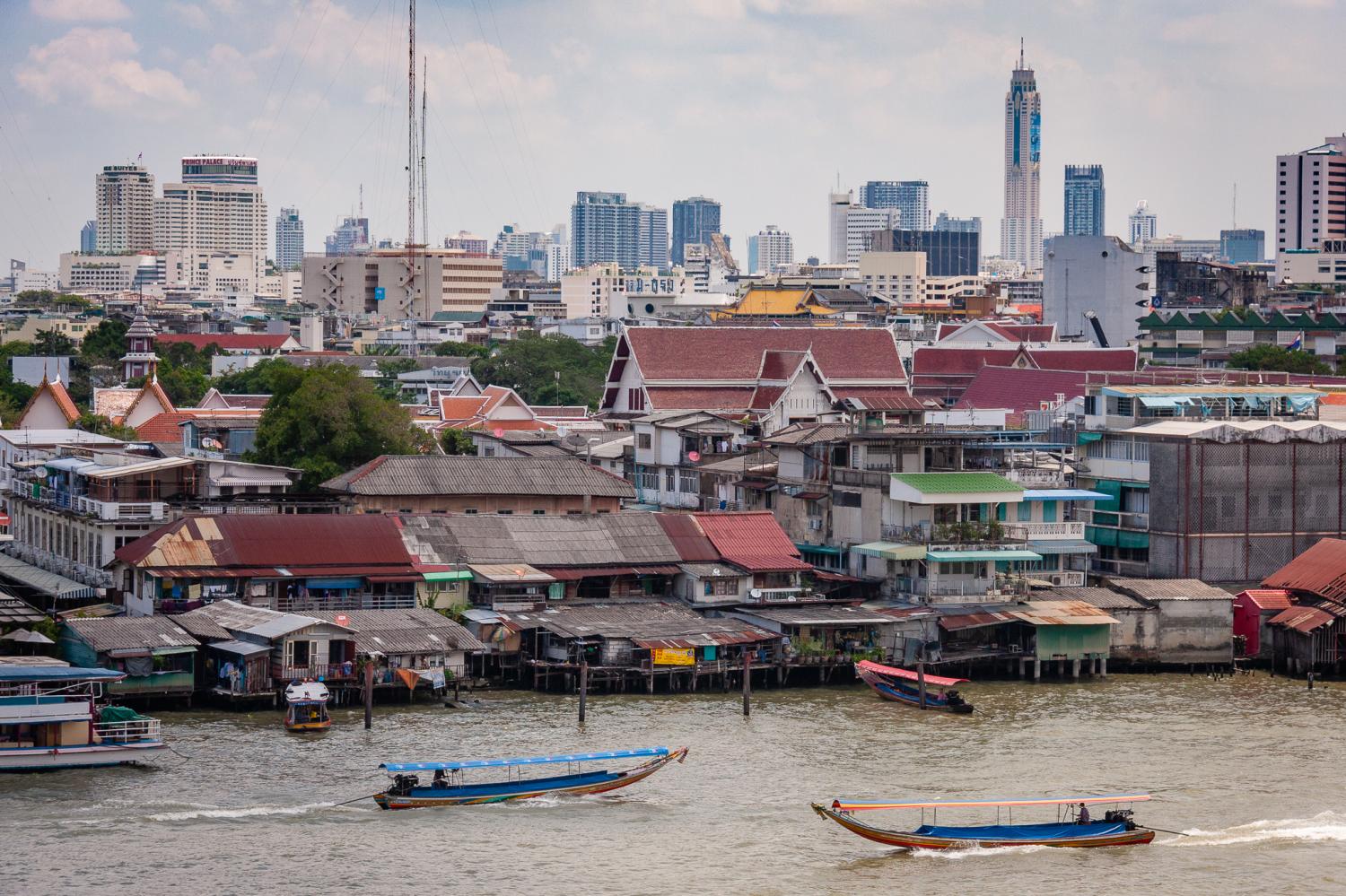
Every year brings Thailand a new buzz phrase that academics, officials and the news media chant like a mantra hoping that it will unlock a better future. Digital hub. Smart city. The metaverse.
Perhaps these things can help us. But what about Thailand's past? Think of the centuries of value stored up in our arts, architecture, communities and ways of life. These cultural riches nourish our well-being as individuals and as a society. They're what make us Thai. And they make our cities, towns and countryside more beautiful and liveable. They bring us joy.
And best of all, we don't need to create them. They're things we already have.
But during the past six decades, our society hasn't done enough to take care of our ancestors' investment. Rapid economic growth and urbanization have put our culture at risk. Old neighbourhoods and venerable buildings crumble away or get bulldozed to make way for commercial development and government projects.
The value to the public of this cultural heritage does not factor into calculations of corporate profits or a bureaucracy's key performance indicators. Only a small fraction of our heritage is actually protected by law.
Yet the public cares. Think of the outcries after the recent demolitions of Bangkok's La Scala Theatre, the Supreme Court building and the old Mahakan Fort community. Or in Phrae province, the Bombay Burmah Building.
We can do better, and we've proven it in the past. Heritage was once high on Thailand's agenda. From the mid-19th through the mid-20th centuries, Thai institutions and experts researched, documented and conserved our major archaeological and historic sites. Civil society, too, was part of the heritage movement, evidenced by the founding of The Siam Society under Royal Patronage, Thailand's oldest independent cultural organisation, in 1904.
In 1911, the Fine Arts Department was established to serve as a custodian of important monuments. In 1961, the government passed a national act on protection of ancient monuments, antiquities and museums. The Fine Arts Department, the Ministry of Culture and other institutions have helped preserve most of our important temples and magnificent palaces very well.
But Thailand has lots of other valuable heritage, and the government hasn't had enough funding and power to protect it. We need to support our Ministry of Culture, Fine Arts Department, local officials and communities all over the country to identify our heritage and take good care of it. We need revised laws, strong enforcement, greater funding, more education, solid political leadership, respect for diversity and genuine public participation in heritage plans.
If we don't do this, we'll keep losing beloved old shophouses, theatres, shrines, vintage government buildings, waterfront communities, fresh markets, old trees, entire neighbourhoods of wooden houses.
And that's not all. We'll also lose the ways of life at these places. Disruption of neighbourhoods disrupts families and the social fabric. It erodes the traditions and folkways that are created by and for communities: arts and crafts, cooking, costume, festivals, performing arts, customs, stories.
This local culture contains the wisdom of our ancestors on how to live in harmony with nature and how to meet communal needs. Think of our marvellous street vending, which allows solo entrepreneurs to make life in the city more convenient, delicious and affordable for all.
To protect the full spectrum of our cultural assets, we need to broaden Thailand's outdated official framework for heritage, which still focuses mostly on very old buildings and religious and royal architecture. Let's also protect everyday architecture like shophouses and farm houses as well as other vintage architecture: railway stations, civic buildings, early modern and mid-century modern structures. The list goes on and on.
With these concerns in mind, The Siam Society 11 years ago set up a new section called The Siamese Heritage Trust to advocate conservation of cultural and natural heritage. We've worked to complement the efforts of the government, collaborating with officials at the national and local levels, and with communities. The Trust has organised workshops for Thai civil servants and heritage professionals as well as international conferences joined by experts from throughout Asia.
Now we'd like to help a broader public better understand heritage -- to help explain why it matters and how we can keep it in good shape. That's why we are launching this new monthly column in the Bangkok Post.
For each edition, we will invite a different academic, civic leader, heritage practitioner, businessperson, government official or concerned citizen to speak. Heritage Matters will discuss not only the problems confronting heritage conservation but also the opportunities and solutions.
We look forward to sharing our contributors' insights towards envisioning a brighter future for Thailand's rich cultural legacies.
Bilaibhan Sampatsiri is president of The Siam Society under Royal Patronage. Heritage Matters is a new monthly column presented by the Society to promote public awareness and discussion on sustaining the architectural and cultural heritage of Thailand and the region. Each column will be written by a different contributor and will appear on the third Thursday of each month.







